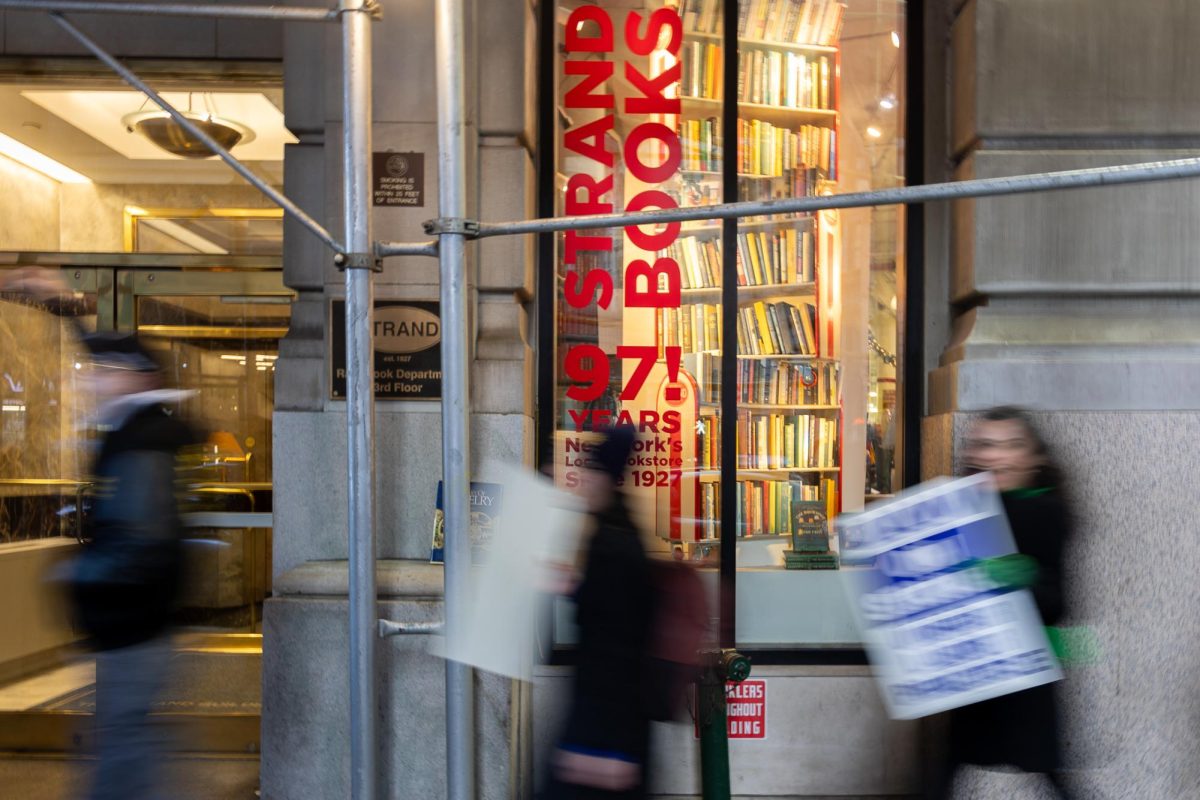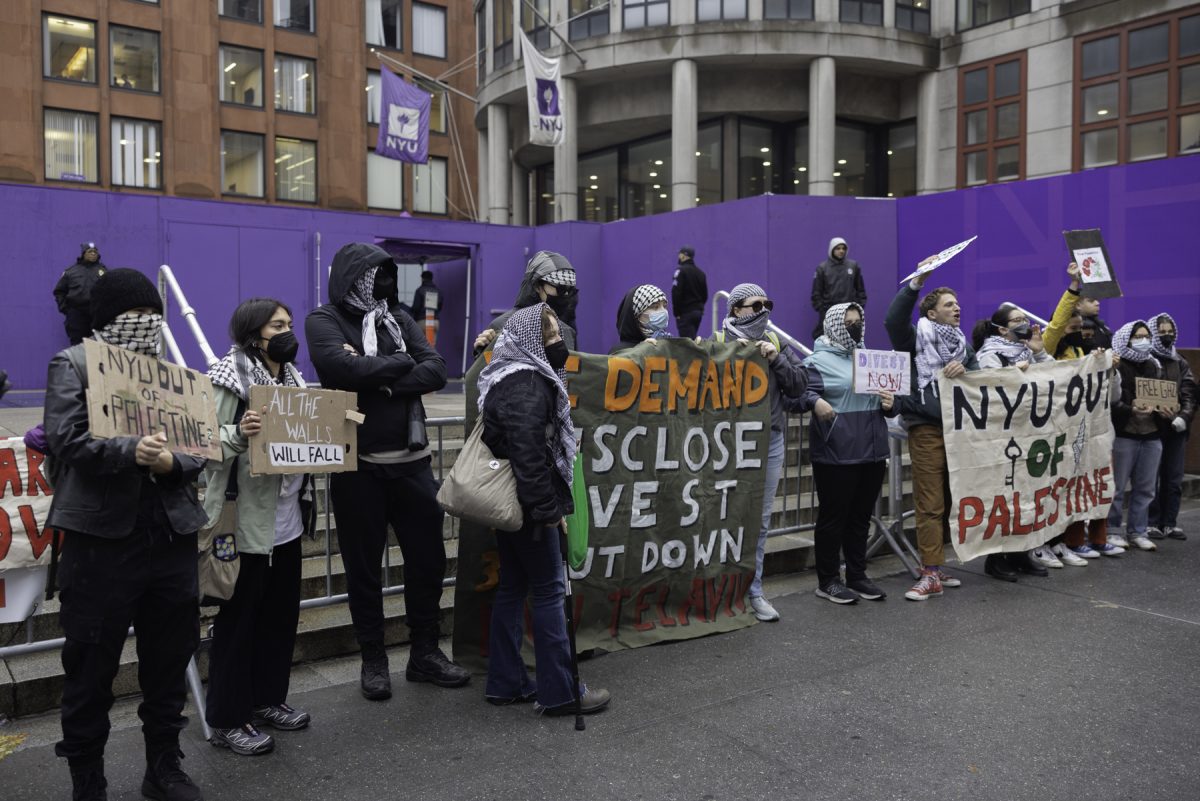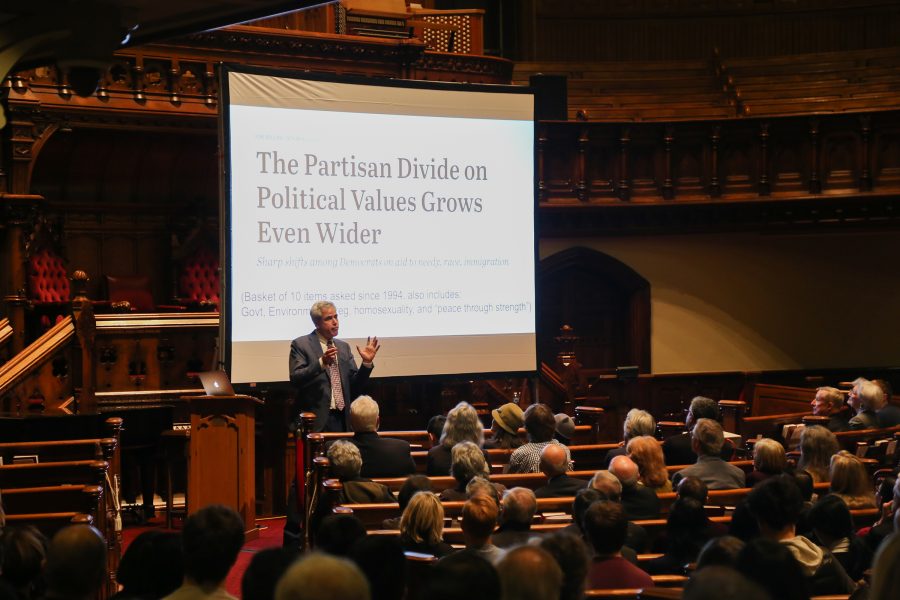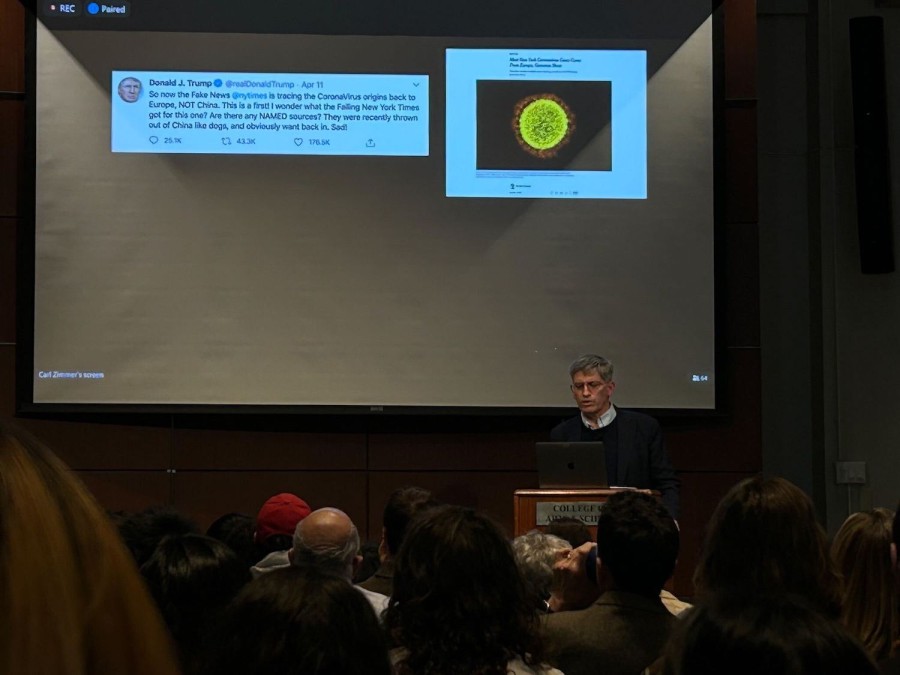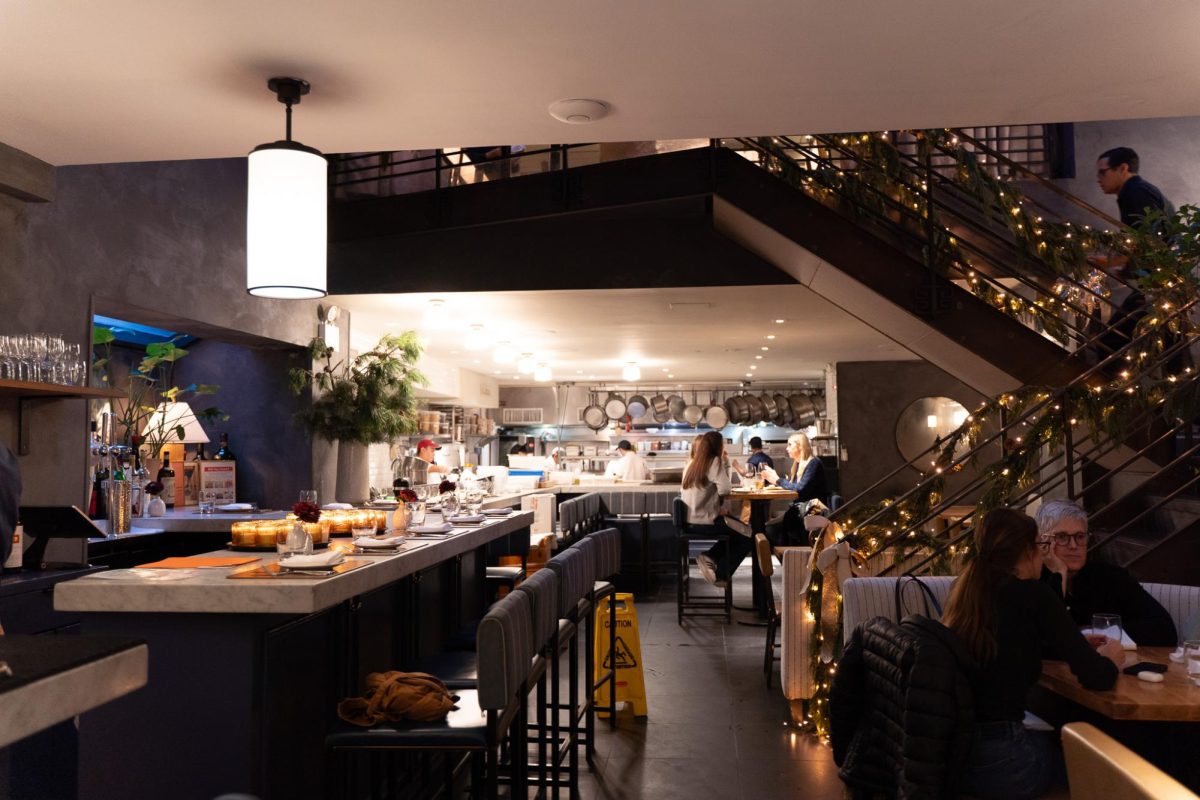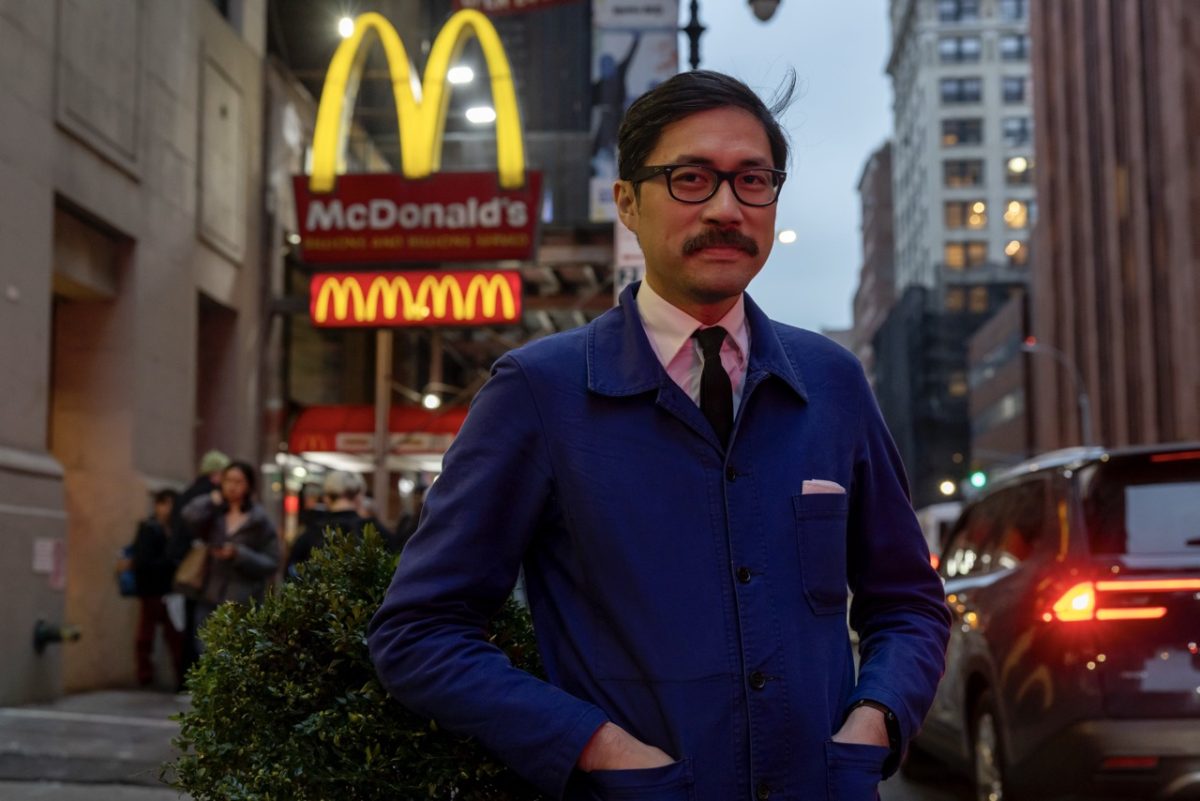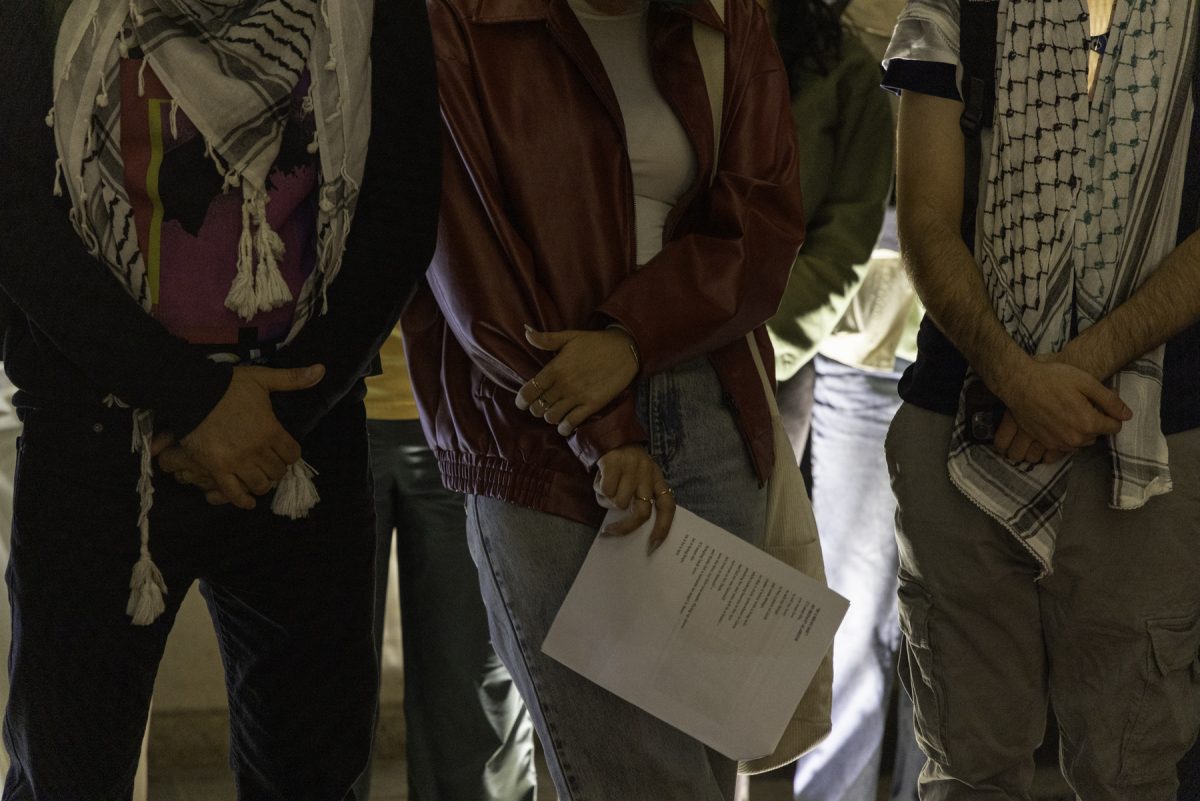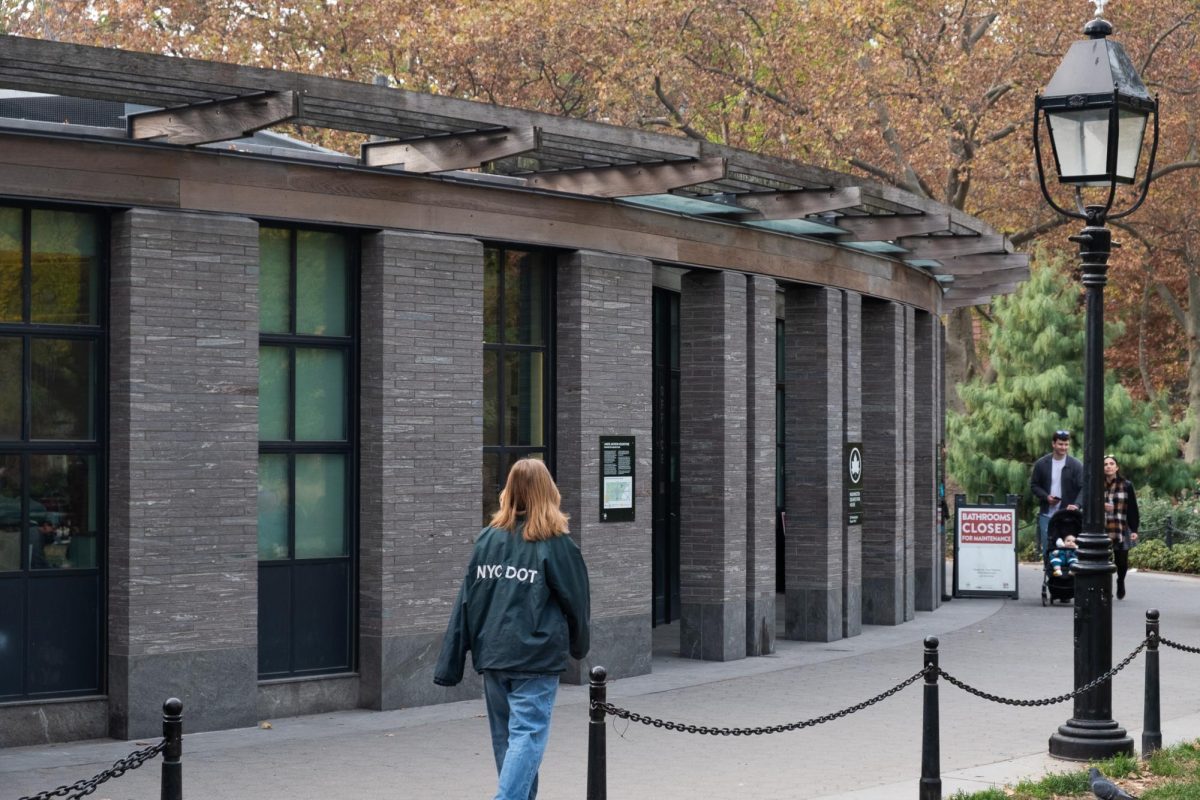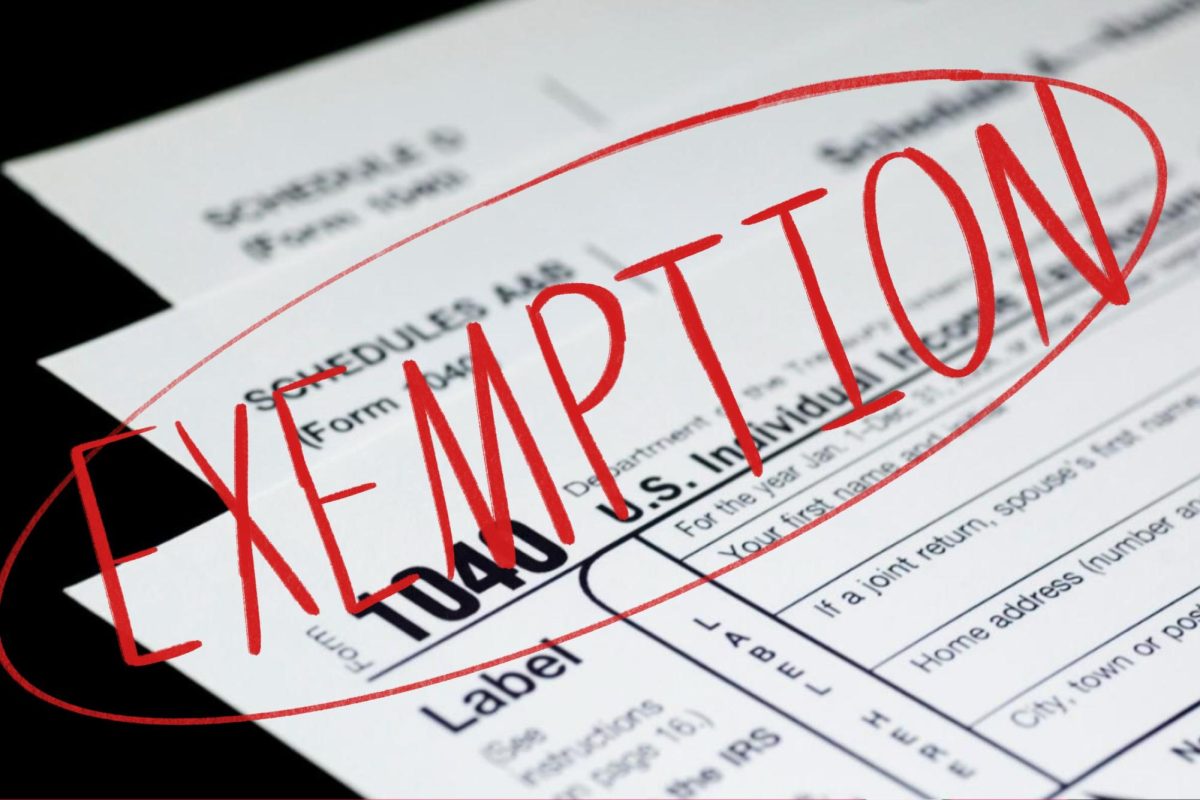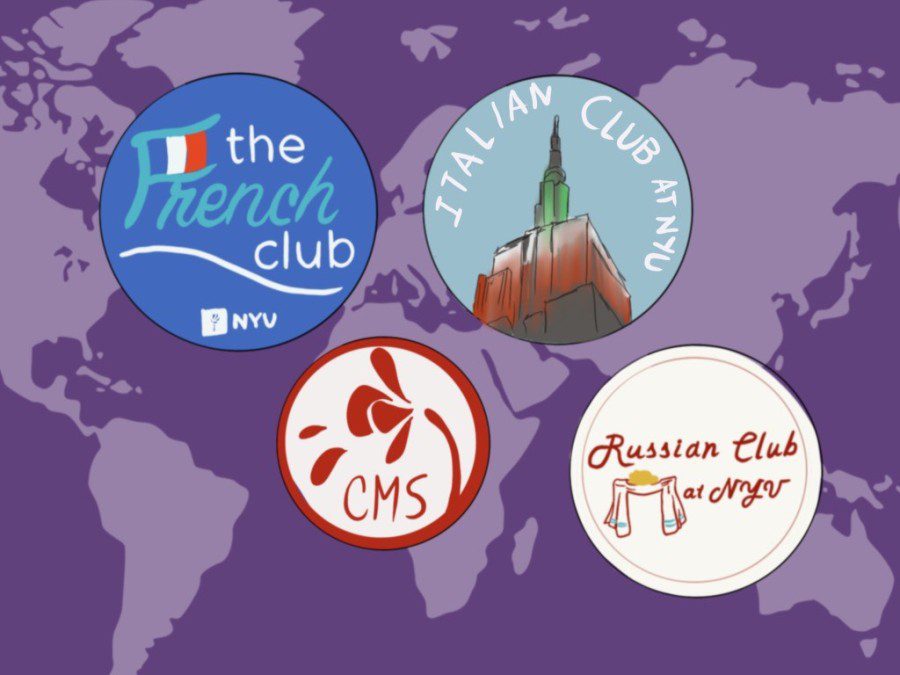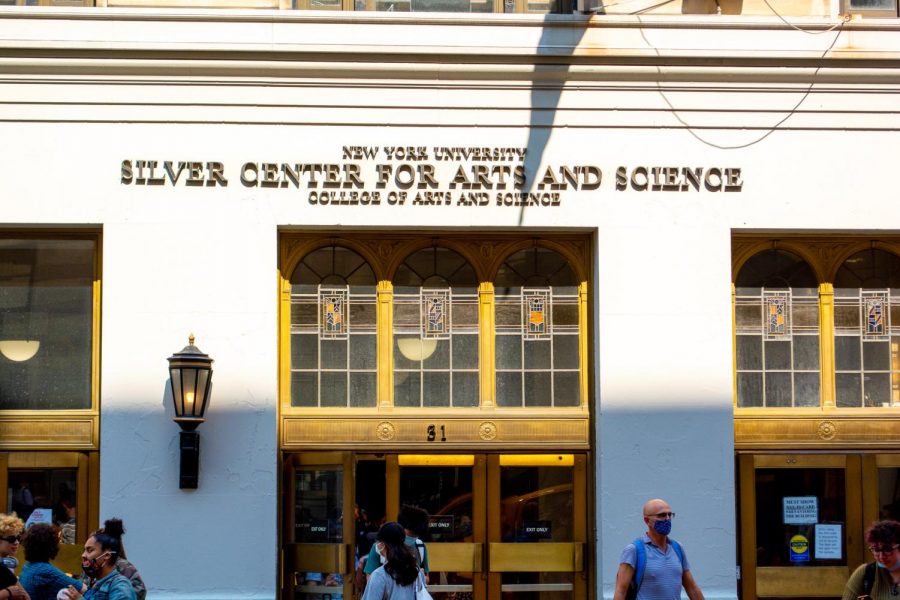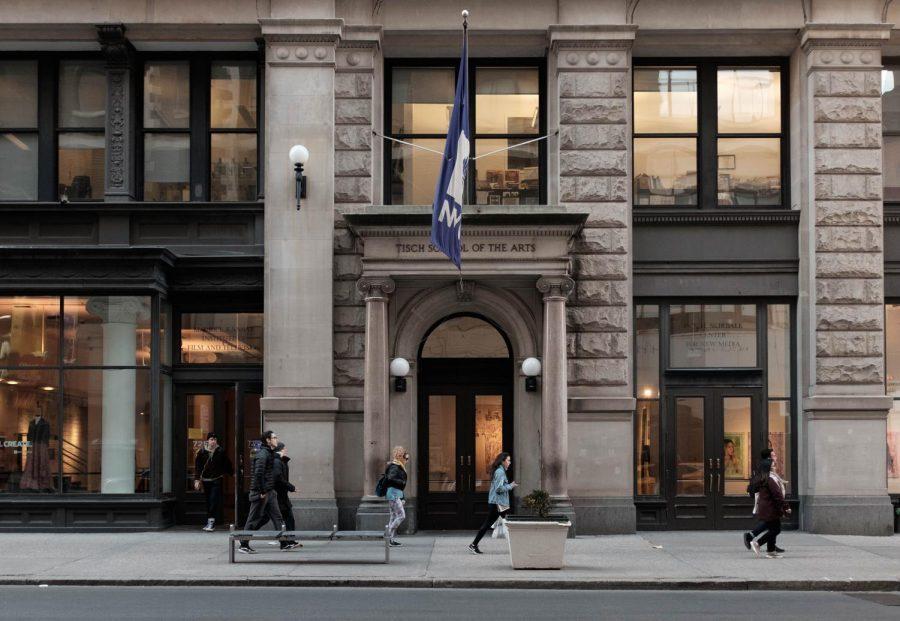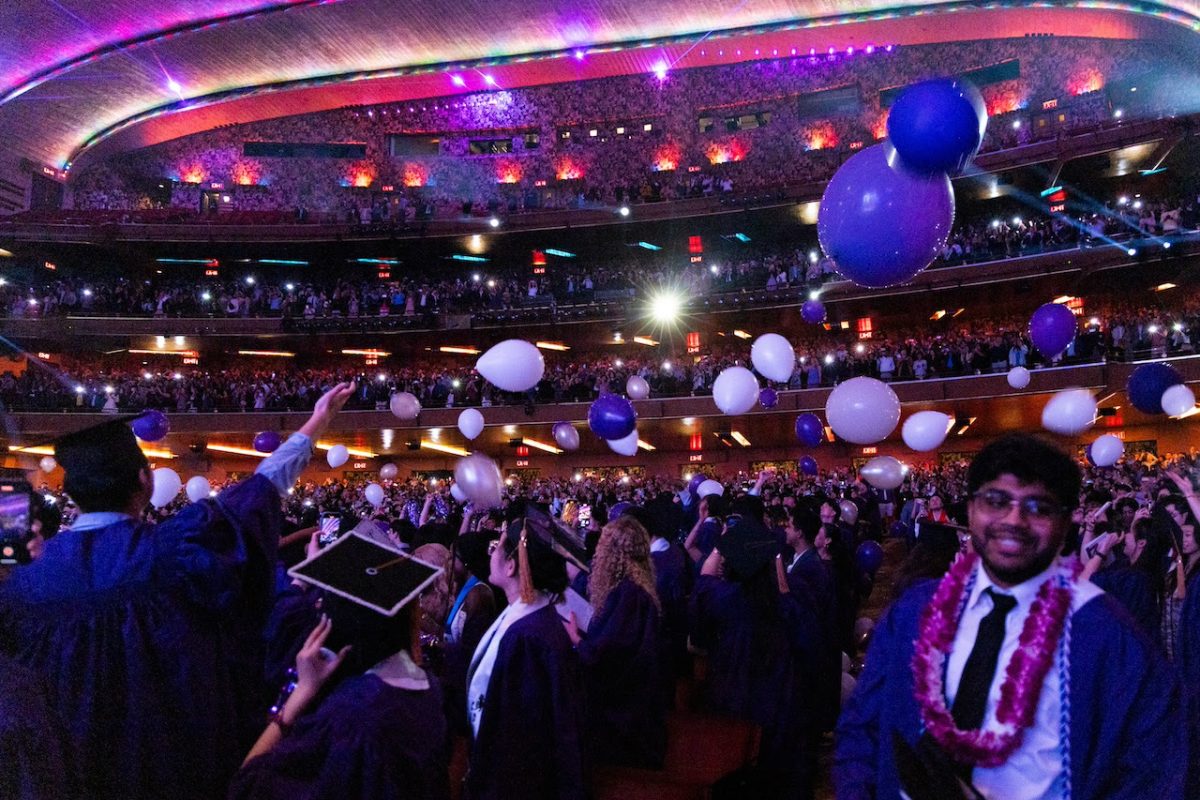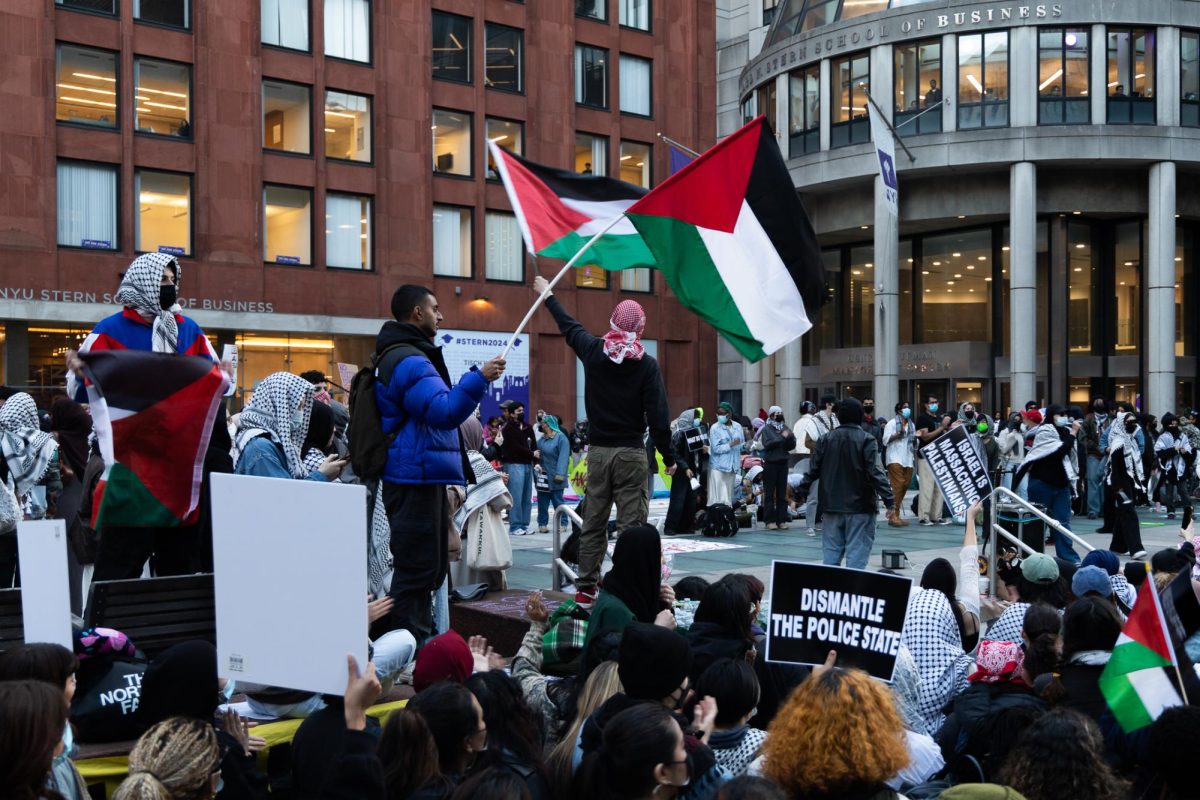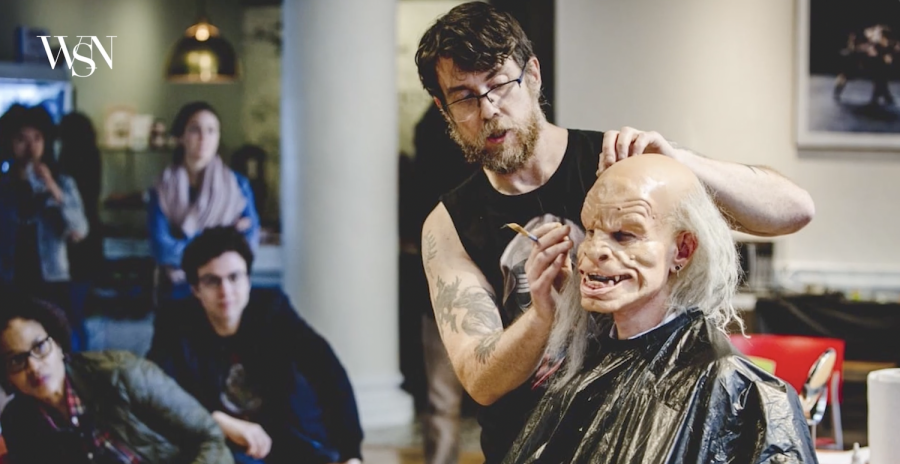The Metropolitan Transit Authority opened a new transfer between the Bleecker Street and Broadway-Lafayette stations last week, finishing the last incomplete connection in the city’s subway system. Part of a $127 million station restoration, the connection makes it possible for riders to transfer between the uptown 6 train and the B, D, F and M trains without swiping their
MetroCards twice.
“The opening of this new transfer marks yet another milestone in our continuing efforts to provide customers with better service through more travel options,” said MTA spokesman Kevin Ortiz.
The development, funded in part by New York State assembly member Deborah Glick and the Federal Transit Administration, also included the installation of five elevators and a new control area. New platforms, lighting and communication systems in the Bleecker station were also added.
Downtown transfers at the Bleecker station first became available in 1957. According to MTA’s press release, merging the two stations was challenging because the Bleecker Station was oddly designed. Known as “The Great Asymmetry,” the uptown and downtown platforms in the Bleecker Station were not constructed across from each other.
The connection between the Bleecker station and the Broadway-Lafayette station is the fourth free, in-system transfer for the New York City Transit in the last four years.
“I’m happy they finally did this. Having to pay twice didn’t make sense when the stations were so close to each other.” said Jazmín Diaz, a 22-year-old Bronx resident who passes through the station en route to work.
“And it also will probably cut my commuting time by a few minutes since I don’t have to leave the station anymore,” he said.
Other riders saw the new development as an improvement in the city’s economic system and a win for the commuters rather than the MTA.
“It’s good that the MTA chose to consolidate the two stations even though they could potentially lose money,” said Carson Kiel, a 19-year-old student at Hunter College, who frequents the station. “But it shows that the MTA seems to really have their customers’ interests at heart, which is nice.”
According to Ortiz, the new development will benefit around 30,000 riders each weekday. NYU students can also benefit from the new station. Since the Lafayette residence hall is located near the subway stations, students frequently ride the trains to get around the city.
Tisch junior Suzanne Egan said it is a relief for students now that the transfer is free of charge.
“NYU students, especially those living at Lafayette, are very ambitious, so we’re running around the city all the time for classes, internships and jobs,” Egan said. “This MTA development makes it … easier for students to get where they need to go on time and on budget.”
A version of this article appeared in the Wednesday, Oct. 3 print edition. Tatiana Baez is a deputy university editor. Email her at [email protected].





